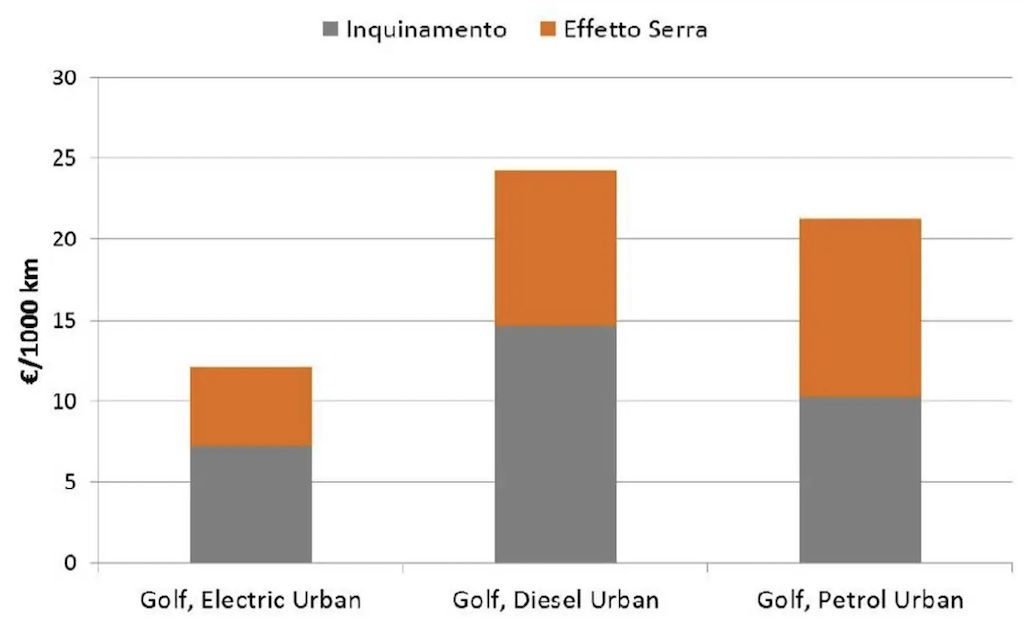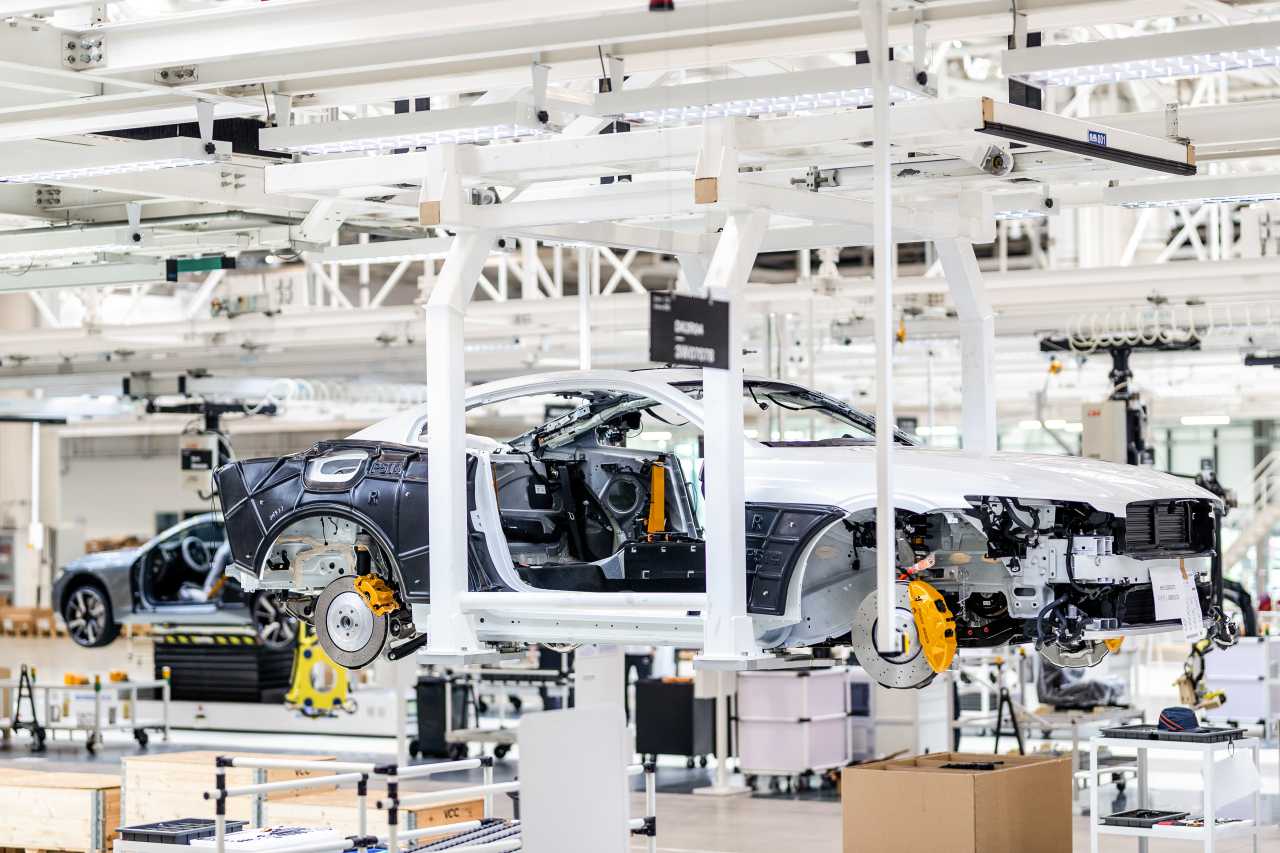The RSE company (Ricerca Sistema Energetico), an Italian firm specialized in energy sector research, has contrasted the results of various studies since 2015 by its researchers, with data from studies carried out by manufacturers such as Rimac or Volvo, as well as official bodies, including the European Environment Agency.
The fact that the battery car does not represent the complete solution to the problem of mobility is well known. The concept of mobility comprises many highly complex aspects that encompass different areas with important ramifications in various economic and social sectors.
For this reason, the RSE indicates that “even knowing that electric vehicles are not the panacea for all ills,” it can be a solution for an aspect as important as greenhouse gas emissions and people’s health.
The emissions of light passenger transport are among the most relevant aspects of mobility challenges in the 21st century and the sustainability of large cities and residential areas.

A real comparison must have several components for the Italian firm, if you really want to know the accurate life cycle of an internal combustion car compared to an electric vehicle.
In the first place, the real figures of the combination of energy sources used to produce the energy that recharges the batteries must be obtained. Still, without forgetting (as is happening in many studies), the variety used to produce the automobiles.
Also, performance, power, and comfort must be bought equally. Together with these parameters, it is essential to have an estimate of energy consumption during vehicle use.
This data should be as close as possible to the real consumption, avoiding using the consumptions detected during the homologation cycles that are very far from the real consumption in most cases. This last case is known in electric cars but especially evident in those internal combustions.
Another essential factor for a correct comparison is the equivalent CO2 emissions related to battery production, which is often overestimated because it assumes production carried out exclusively in China or in contexts where the energy source has a high carbon use component in the energy mix.
The use of older studies that do not include the transformation of energy sources in the different producing countries is a manual trick to obtain the desired results.

